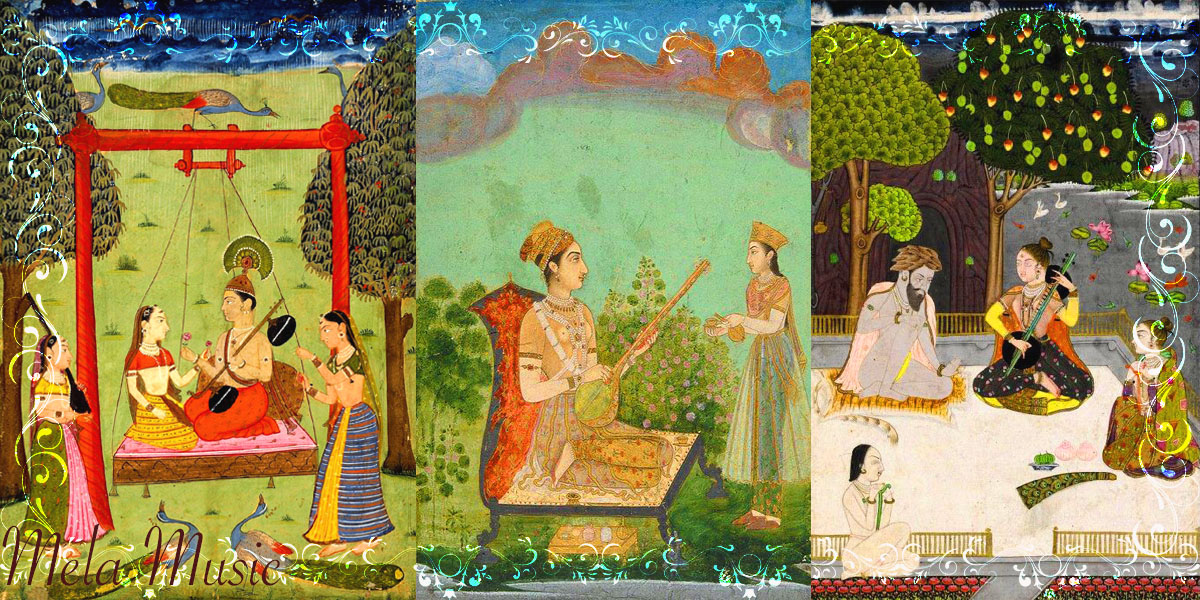
Raga Gawati, also known as Bheem, is a captivating and emotive raga in Indian classical music. It belongs to the Kafi thaat and is characterized by its distinctive melodic pattern, which includes both natural and flat (komal) notes.
Raga Gawati is typically performed during the late night hours, evoking a sense of contemplation and reflection. Its somber and meditative character allows musicians to delve into the depths of emotion and create intricate melodic improvisations.
Due to its evocative nature, Raga Gawati is often chosen to convey the essence of yearning, separation, and a sense of longing. The raga’s distinctive intervals and intricate phrases provide ample opportunities for artists to explore its nuances and evoke powerful emotions in their renditions.
In addition to its presence in classical music, Raga Gawati has also influenced lighter genres and has been used in semi-classical forms, devotional music, and even in the realm of film music. Its ability to evoke a deep and emotional response from listeners has contributed to its popularity and enduring appeal.
In summary, Raga Gawati, belonging to the Kafi thaat, is a raga of poignant beauty and depth. Its unique combination of natural and flat notes creates a sense of melancholy and introspection, making it a powerful vehicle for expressing complex emotions in the realm of Indian classical music.
